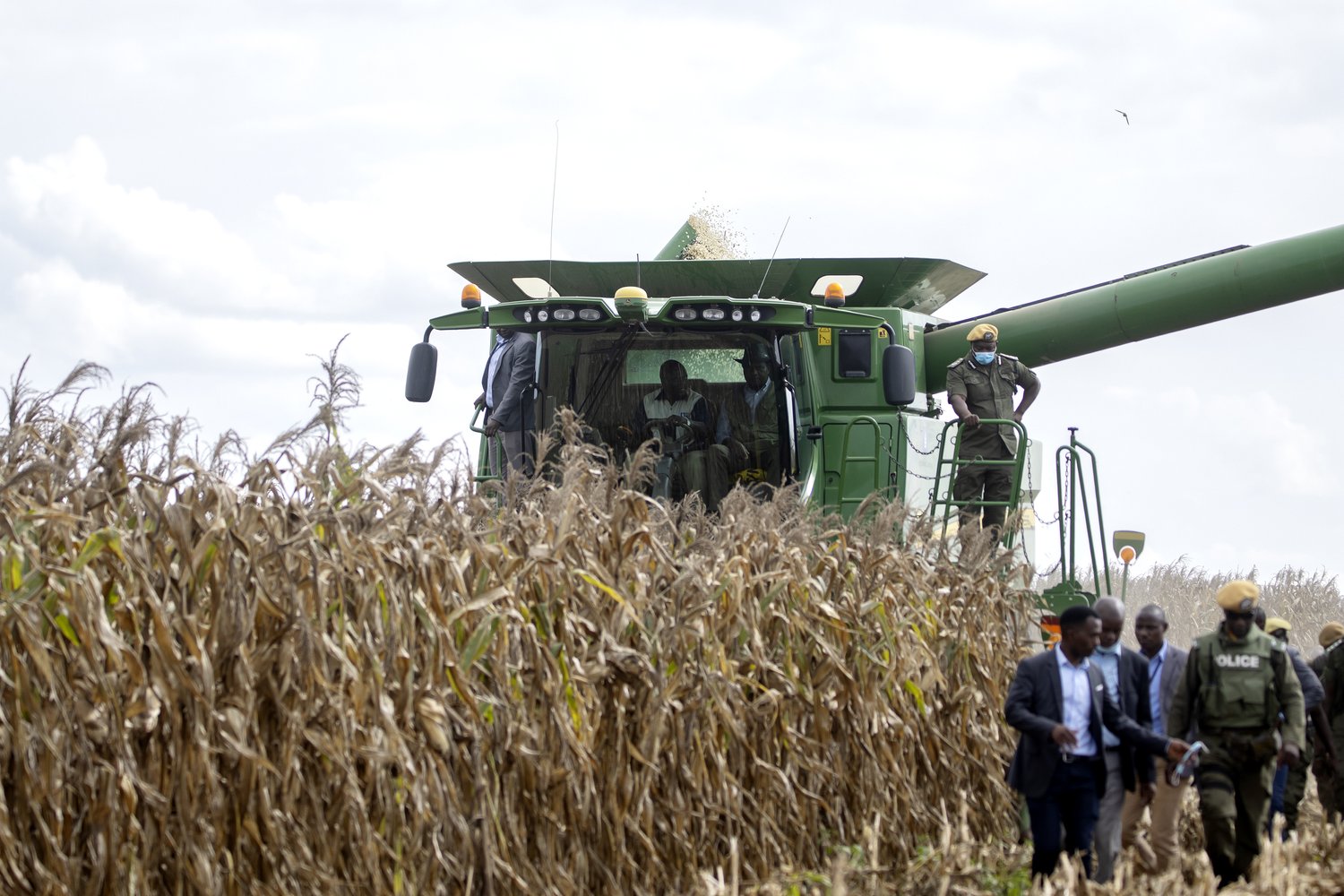
By Jeff Kapembwa
Zambia has stepped up climate action with key policy decisions made to mitigate and adapt to the evolving crisis that threatens to reverse economic and environmental safety gains.
Zambia, like many Least Developed Countries (LDCs), is grappling with the climate crisis which has devastated much of the country’s bridges, and roads, displaced people, and affected agricultural productivity while infrastructure, including bridges, have been washed away, a loss that reverses Government’s hope of raising its economic growth above 5 percent as envisaged in the 2025 fiscal year.
Key among the decisions made by the Cabinet during the recently held meeting was a study on the Luapula-Kafue Water Transfer Project and the Formulation of a Comprehensive Water Development Plan for the Kafue Catchment.
In its approval, the Cabinet unanimously sought to implement the road map for the research study for the Luapula-Kafue Water Transfer Project and the formulation of a Comprehensive Water Development Plan for the Kafue Catchment.
The approval by Cabinet is premised on the Memorandum of Understanding signed between PowerChina and the Government of the Republic of Zambia through the Ministry of Water Development and Sanitation.
This involves the two parties being expected to work together in the conduct of the research study on the Luapula Kafue Water Transfer Scheme and the Comprehensive Water Development Plan for the Kafue Catchment.
A statement by the Minister of Information and Media and also Chief Government spokesperson, Cornelius Mweetwa the Cabinet is desirous that the study on the Luapula-Kafue Water Scheme will facilitate the undertaking of water security interventions.
This is envisaged at building national resilience against the negative impacts of climate change through water resources.
The success of the decision will further entail enhanced water resource availability in the Kafue Catchment, which is the backbone of the Zambian economy for multipurpose use, particularly hydro-electric power production, domestic and industry water supply, irrigation, fishing and fish-farming and livestock rearing, among other benefits.
It also deliberated and approved the Design, Construction and Rehabilitation of Dams to serve as Water Harvesting Infrastructure, to avert a repeat of the drought that has recurred in the country with the 2023/24 farming season having lost almost halve of the 2.2 million hectares field of planted maize because of El Nino induced factors.
Cabinet also approved the implementation of a Three-year Roadmap for designing, constructing and rehabilitating dams as water harvesting infrastructure, in order to address the inadequate water harvesting infrastructure in the country.
“As a result of the recurring and prolonged droughts, the country is faced with serious water, energy and food insecurity,” the statement said citing Minister Mweetwa.
The construction and rehabilitation of multipurpose dams countrywide, will contribute to enhancing climate resilience against drought and enhance access to water for domestic, agricultural, livestock, fish farming, hydroelectric power generation and any other commercial or industrial use.
The 2023/24 farming season dwarfed Zambia’s maize output by half, recording a net deficit of 2,107,745 metric tonnes of Maize needed for human consumption and industrial requirements against the anticipated 3.2 million metric tonnes in the 2023/2024 farming season.
The farming season produced a total of 1.5 million Metric tonnes of Maize following the drought that affected the entire Southern African Region.
The shortfall is despite the country having recorded an increase in the number of hectares planted during the farming season which stood at 2, 209,260 hectares of planted maize with a big chunk recorded in Southern Province followed by Muchinga.
President Hakainde Hichilema does not want to be cowed by the El Nino effects and seeks to soldier on and ensure the country is food secure and capable of feeding the continent and beyond, given the abundant land and water resources.
He is promoting an all-round agricultural system through commercial farming, undertaking winter maize, and other initiatives. He recently commended farmers embracing year-round planting of maize, recognizing their important role in maintaining food security. An estimated 146,000 metric tons of maize are set to be harvested this season.
The Government envisions if the initiative is sustained Zambia could boost production to 10 million metric tons of maize annually by 2027 from a staggering 3 million tons, underlining its commitment to strengthening Zambia’s food security.
The President recognizing the crucial role of water management in agricultural development, reiterates the government’s commitment to prioritizing water harvesting, dam construction, and investment in irrigation for sustainable food production and stable electricity supply.
